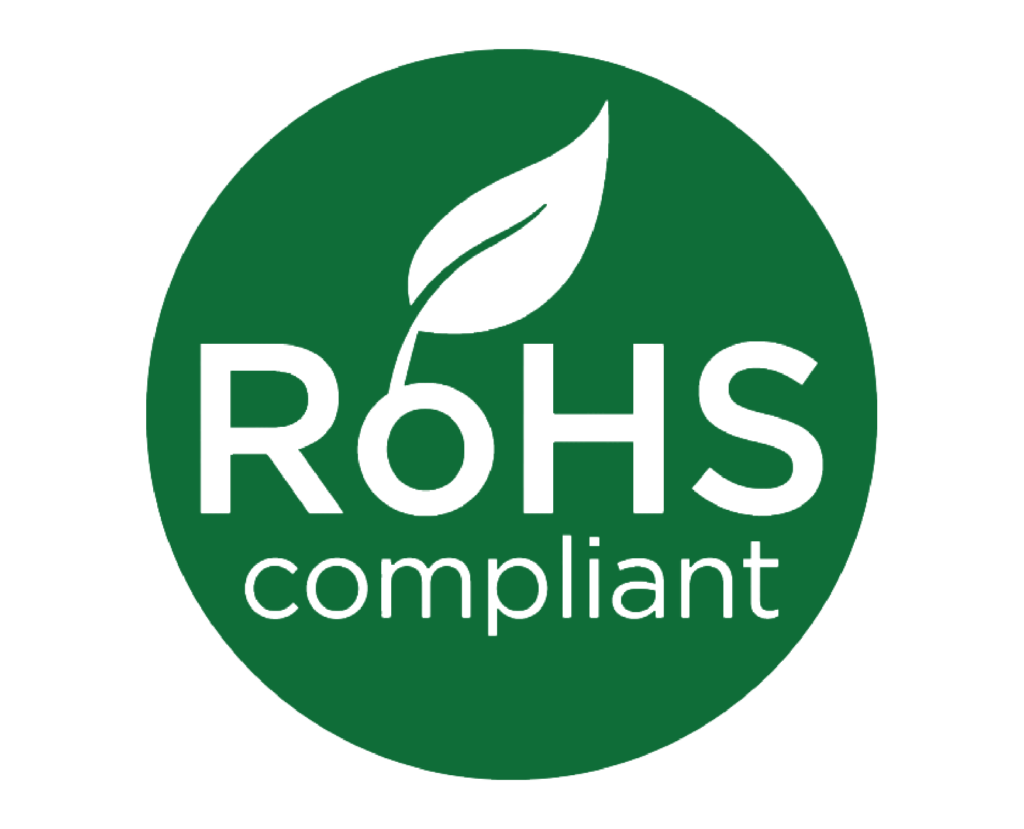Advances in plastic assembly techniques have paved the way for innovative new products. However, the success of these processes heavily depends on operators working efficiently at their stations. Establishing an effective development, test, and production process requires systems that cater to both commercial interests and human physiology.
Considerations for Deploying a Plastic Assembly Line in Your Company
Often overlooked during product development and design stages, the configuration of plastic assembly stations can significantly impact your company’s productivity. Poor workstation design can lead to reduced efficiencies and long-term health issues for operators. Here are some key considerations and concepts to optimize plastic assembly stations.
Limiting Safety Issues and Reducing Product Losses
Heat sealing and plastic assembly are sophisticated processes requiring repeatable consistency and demonstrable quality. Setting up the station for specific tasks involves considering product design and safety specifications. Prioritizing operator comfort, processing efficiency, and application repeatability should be integral to your production facility’s setup. Ensuring ergonomic design and safe practices can help mitigate health risks and product losses.
Focusing on Intuitive and Simple Configurations to Avoid Errors
When configuring a station for heat sealing or staking, the overall setup should minimize errors. Ensuring easy access to all necessary materials and proper jig or die placement can prevent flawed seals or rework. Additionally, maintaining a comfortable working position for the operator can enhance productivity and reduce fatigue.
Establishing Quick and Efficient Changeovers
Minimizing downtime during transitions between different plastic assembly or seal configurations is crucial. Utilizing platforms with quick-change solutions ensures a repeatable, efficient, and reliable process when swapping out tools. Automations, programming, and administrative controls are essential for configuring the station for maximum productivity and efficiency.
Maximizing the Available Space per Station
The physical footprint of the station can affect overall productivity. Designing stations for maximum efficiency involves reducing the required space while ensuring operators have access to all necessary tools, materials, and reference information. Compact platforms that offer maximum versatility can help overcome space constraints and enhance workflow.
Optimizing Plastic Assembly Stations for Efficiency and Productivity with Thermal Press International
Thermal Press International (TPI) provides solutions that help optimize material insertion, device operations, removal, and platform cleaning. By incorporating human factors into plastic assembly procedures, companies can improve production facilities for maximum output and minimal defects. TPI offers a range of solutions to support your production environment, along with process optimization advice during development and scaling initiatives.
By integrating these principles, your company can establish a more efficient and productive plastic assembly process, ultimately leading to higher quality products and reduced costs.
Contact Us or call (925) 454-9800 to speak with a TPI engineer.



